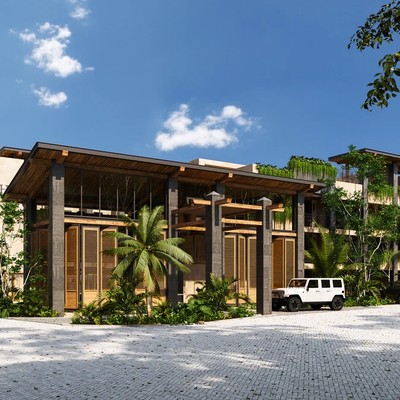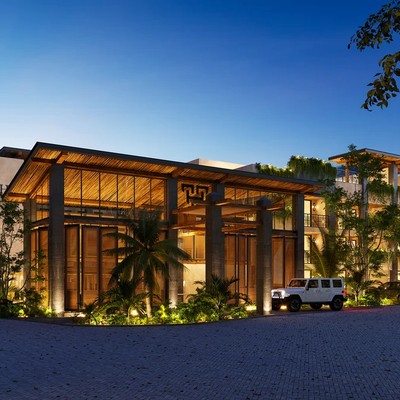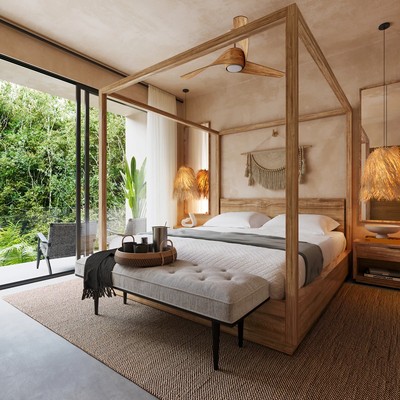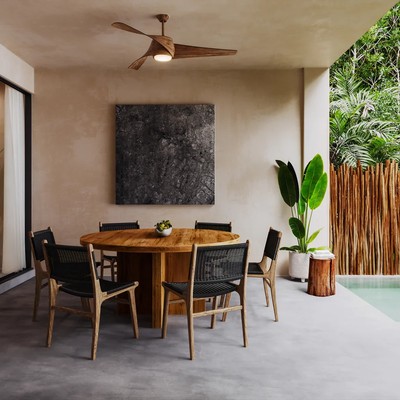Benefit from Tulum's Transition to Sustainable Investments with Tamarah's Lock-off System and Turnkey Business Model
This asset presents a distressed pre-construction opportunity within a market undergoing a severe correction. The investment is predicated on leveraging the project's low sales velocity and aggressive financing incentives as indicators of developer distress. This creates a potential opening for a well-capitalized investor to negotiate a bulk or distressed acquisition at a significant discount to list price, positioning for a long-term (5-10 year) hold through the current market downturn, independent of near-term rental performance.
🌟 Market Analysis
The Tulum real estate market is in a deep correction as of Q4 2025, driven by a critical oversupply of condominium inventory. A 40% drop in market demand has led to plummeting rental yields, high vacancy, and a significant number of stalled projects, establishing a clear buyer's market. The secondary market reflects this distress, with assets in prime locations like Aldea Zama trading at 35-40% discounts to new-build prices. Macroeconomic headwinds, including projected slowdowns in the U.S. (1.6% GDP growth) and Mexican (0.4% GDP growth) economies, are expected to further soften demand from the primary buyer pool. While long-term catalysts exist—namely the new Tulum International Airport and the Tren Maya—the immediate environment is defined by high risk and the unsuitability of assets for short-term rental return strategies.
📊 Financial & Product Analysis
The project's financial position indicates significant distress. A sales velocity of only 18% of total inventory sold signals a critical lack of market absorption and mounting pressure on the developer. In response, the developer is offering multiple aggressive financing structures designed to secure immediate liquidity. The most notable of these is the "Plan 90-10," which provides a 5% discount in exchange for a 90% down payment. This incentive structure is not a tool for a healthy project but a clear signal of distress aimed at attracting opportunistic, cash-heavy buyers.
🎯 Ideal Investor Profile
This opportunity is suited for an investor with a high-risk tolerance and a long-term (5-10 year) investment horizon who is not reliant on immediate cash flow. The strategy is not based on generating rental income in the current market but on acquiring a distressed pre-construction asset at a substantial discount. The ideal investor is a cash buyer capable of negotiating a bulk purchase or other distressed acquisition terms, positioned to hold the asset through the market cycle to capitalize on the eventual recovery driven by Tulum's long-term infrastructure improvements.
🛡️ Strategic Risks & Mitigants
-
Primary Risk:
A critical oversupply of condominium inventory has crashed the short-term rental market, creating negative cash flow potential and increasing the likelihood of developer defaults on unfinished projects.
Strategic Opening:
The developer's distress, evidenced by a sales velocity of only 18% of inventory sold, creates the primary opportunity. The offer of a 5% discount for a 90% down payment provides a clear entry point for negotiating a significantly lower acquisition price.
-
Macroeconomic Risk:
A projected economic slowdown in the U.S. and Mexico, Tulum's primary capital sources, threatens to prolong the market correction and further suppress buyer demand.
Mitigant:
The investment thesis is structured as a long-term (5-10 year) hold, designed to outlast the current macroeconomic cycle rather than depend on a near-term recovery.
-
Environmental Risk:
The persistent and unpredictable sargassum seaweed problem poses a direct threat to tourism, the region's core economic driver, and the desirability of coastal real estate.
Mitigant:
This is a non-mitigable, systemic regional risk that must be factored into the long-term hold strategy and potential exit valuation.









